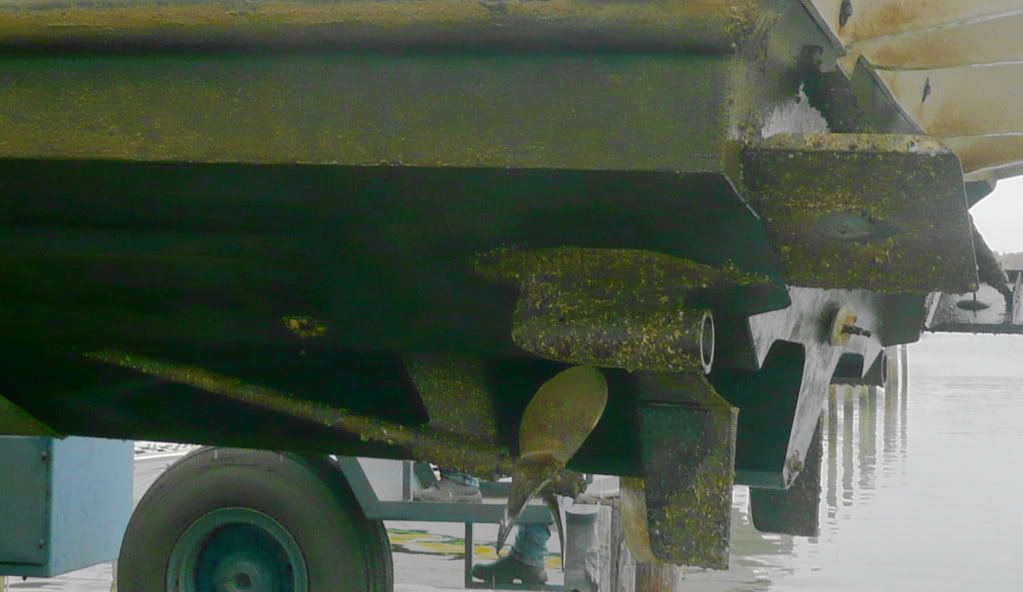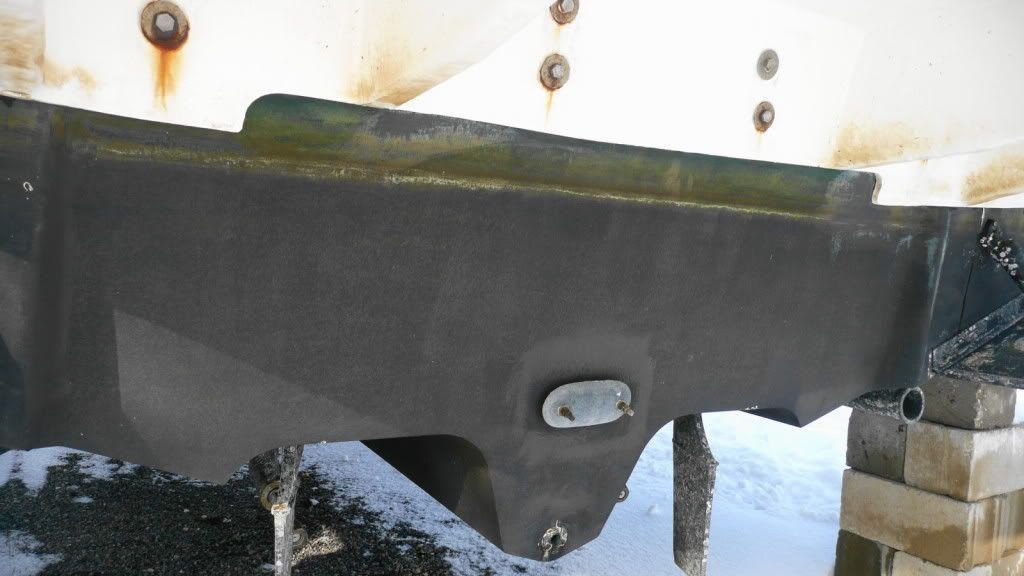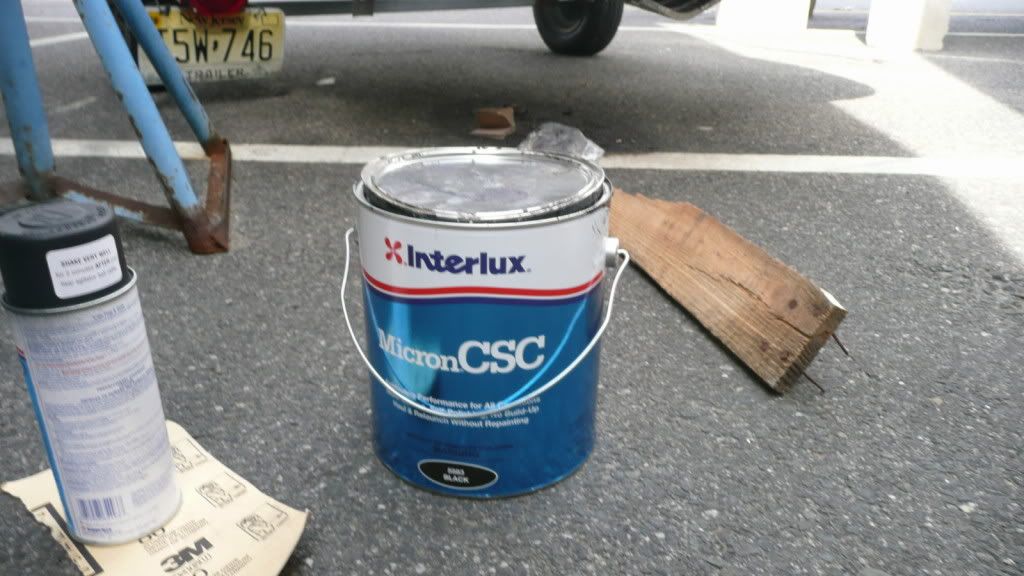I heard once and don’t remember where that you should bottom paint your boat as close as possible in time to your splash date. Apparently the bottom paint retains the antifouling qualities better when getting it into the water right after painting (letting it dry of course).
Is there any truth to this?
Is there any truth to this?







